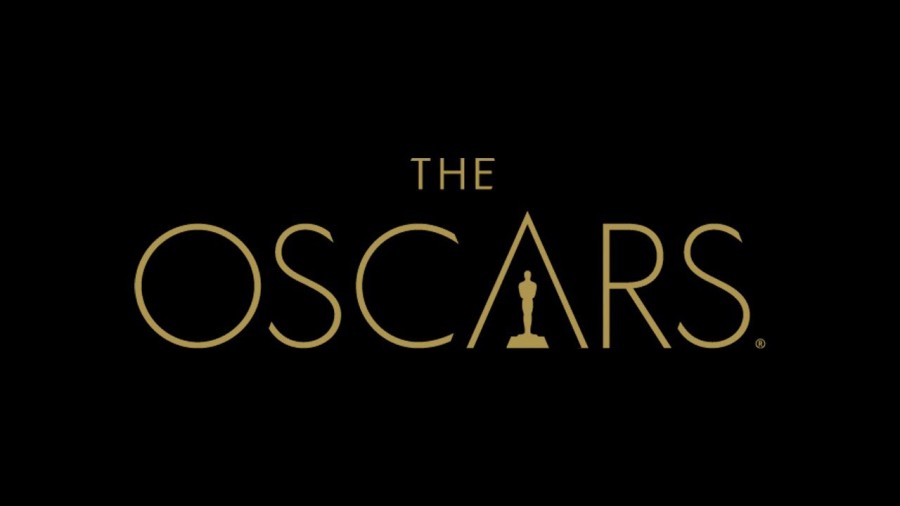#OscarSoWhite: More than just a hashtag
February 24, 2016
The Academy Awards were designed to be entertaining, an opportunity for Americans to admire the fashion and poise of their favorite A-list celebrities and watch their favorite movies win well-deserved awards. However, this year’s Academy Awards, which will air Feb. 28 at 5:30 p.m., have become more political than entertaining, as the nominations have sparked tremendous controversy.
The nominees for Best Actor in a Leading Role, Best Actress in a Leading Role, Best Actor in a Supporting Role and Best Actress in a Supporting Role are, for the second year in a row, all white. This blatant lack of diversity in the nominees for the award show has renewed backlash against both the Academy and the film industry. The hashtag #OscarsSoWhite resurfaced and many highly influential people in the industry, including Spike Lee, Jada Pinkett Smith, George Clooney and Lupita Nyong’o, have voiced their concern regarding the lack of diversity, some even calling for a boycott on the award show. And while some join these stars and speak out against the awards, most are left wondering, “What’s the big deal? It’s just an award show.”
What these people fail to realize is that the film industry is representative of American culture. The film industry commands what Americans see on a day-to-day basis. Even non-moviegoers are consistently made aware of the industry: billboards advertising movies riddle either side of the highway and magazines displaying the stars of these films look down at you in the grocery store checkout line. Movies have become an important part of the American identity, and by recognizing only white actors and movies centered on white people and their stories, we center the American identity on the white person. The nominations for this year’s Academy awards are a small dent in a history of exclusion, exclusion of non-whites from being fairly represented in American culture.
In 2016, one would expect misrepresentation and exclusion based on race to be a notion of the past, but the Oscar nominations prove that American culture continues to be largely limited. While the nominations are entirely disappointing, they are not necessarily surprising. The Academy itself is comprised of 94 percent white people, 76 percent men—the demographics behind the institution are as diverse as the nominations they created. And although the president of the Academy, Cheryl Boone Isaacs, has vowed to double “the number of women and diverse members of the Academy by 2020” by making a “sweeping series of substantive changes”, these “changes” have come disappointingly late. It is already 2016, and the Academy is just now addressing the diversity issue.
Alongside the Academy, the film industry is equally at fault. According to a study, the Comprehensive Annenberg Report on Diversity, in the Chicago Tribune, of some 109 films released in 2014 and 305 TV and digital series airing from September 2015 to August 2015, “only one third of speaking characters were female, and only 28.3 percent were from minority groups- about 10 percent less than the makeup of the U.S. population.” Additionally, directors of these productions were 87 percent white. The large discrepancy between the demographics of Hollywood and the demographics of the U.S. reinforces that minorities are seriously underrepresented in the film industry today. The majority of movies produced involve white people and white culture. Directors cast white people to play most leading roles, unless the movie specifically calls for a Black or Latino actor. The film industry has not made it easy for the Academy to diversify the nominations, as there are few movies made starring, or even co-starring, a non-white actor.
It is 2016. It is time the film industry and the Academy accept the fault for the lack of diversity in both the films and performances being recognized as the best of the year, and take action toward adequately representing the American culture.





















![Movie poster for '[Rec]" (2007).](https://www.lionnewspaper.com/wp-content/uploads/2023/04/rec-640x900.jpg)


